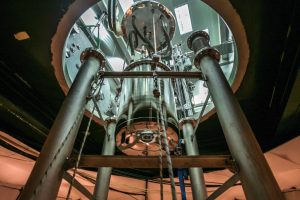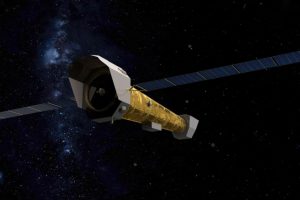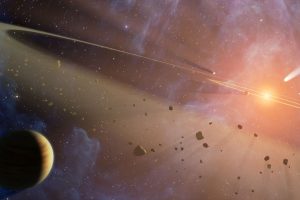The search for dark matter compatible with the search for supernovae

The DarkSide-20k and ARGO experiments, dedicated to the direct detection of dark matter, are also proving to be suitable for the detection of cosmic neutrinos, and in particular neutrinos emitted during core-collapse supernovae. The result presented here reviews the sensitivity of these dark matter detectors in the search for neutrino events from supernovae. DarkSide-20k and ARGO are future liquid argon […]
» Read more



